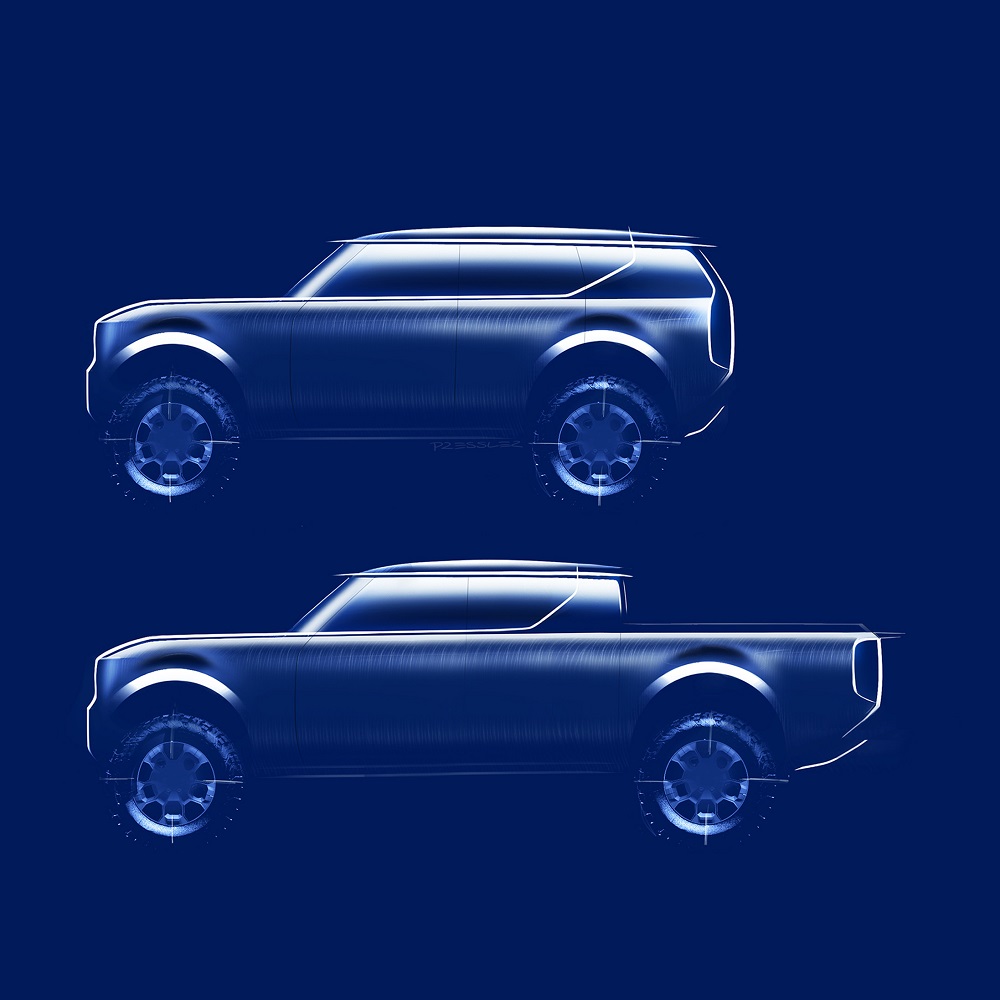NEW YORK, Jan 2 ― From true, go-anywhere off-roaders like the Range Rover or Mercedes G Wagon to crossovers like the Nissan Qashqai with rugged styling and hatchback practicality, there can be no doubt that in automotive terms, 2015 was the year of the SUV. But what is fueling the craze and where is it heading? Potentially to a future where every car company has an identical crossover in its lineup and car design ideas are exhausted, says the man that ushered in the trend.
“Given the current context for the automobile ― lots of female drivers who appreciate sitting high above traffic, lifestyles geared for go-anywhere-anytime car use, regardless of the weather; station wagon load carrying needs; etc, ― it is not surprising how the SUV phenomenon has maintained its power in the market,” begins Chris Bangle.
One of the most influential, challenging and respected car designers of his generation, Bangle is the man to talk to on the subject seeing that it was he, while in the role of BMW's Chief of Design (1992-2009), that essentially ushered in the age of the crossover. The 1999 BMW X5 was the first SUV to shrug off what were seen as the segment's ‘country club' design limitations.
And once the X5 showed that ditching the design language while retaining the essence was indeed possible at the premium end of the market, “There was no excuse [for other brands] not to participate,” explains Bangle of the move into the mainstream.
Today, the only established car companies without a crossover or SUV in their range or about to add one are McLaren and Ferrari.
“It is clear that the SUV together with its iterations is more than here to stay; it is here to conquer ― no brand is complete without it in the portfolio,” says Bangle, whose own car is a BMW X6.
New challenges in design
Crossovers are also offering automotive designers a new outlet for their ideas. “[They] can enjoy creating styles that are 'rugged' and 'aggressive' and 'imposing' and all those cool adjectives that now make up 'sexy' in SUVs but were beginning to sound 'forced' in a limousine. The change from sedan to SUV design is probably like the evolution of actors playing James Bond ― to be suave and sophisticated now requires a 6-pack of muscles bursting beneath the cummerbund,” he explains.

But this can be a challenge for brands ‘crossing over' for the first time. In Bangle's opinion, a company must “Create useful and purposeful design with the identity and character needed to give it a 'life' worth living,” rather than “Stretch their brand identities like a rubber mask to fit all typologies of vehicles,” he says. “Their lack of originality qualifies them as what in German is known as a 'trittbrettfahrer'― freeloaders riding on the efforts of others.”
Of the biggest SUV launches of 2015, Bangle says that Audi is still managing to find the right visual balance and that he's certain the Bentley Bentayga will impress him. But “Most of the others are still trying too hard...they are visually exhausting without being enriching.”
He is worried this will step up a gear in the years ahead. “SUVs are trying to keep up with their customers, and the world around us is spinning them into all sorts of non-stop slap-dash experiences where the car with all its desirability simply cannot keep up with the energy of the context.”
Still, this chaos could lead to new design language, something Bangle feels is overdue. “We know a lot about designing for simple authenticity but lately whenever car designers try it, it becomes retro. What we need is better rules for designing the short-lived and complicated.” ― AFP-Relaxnews






















